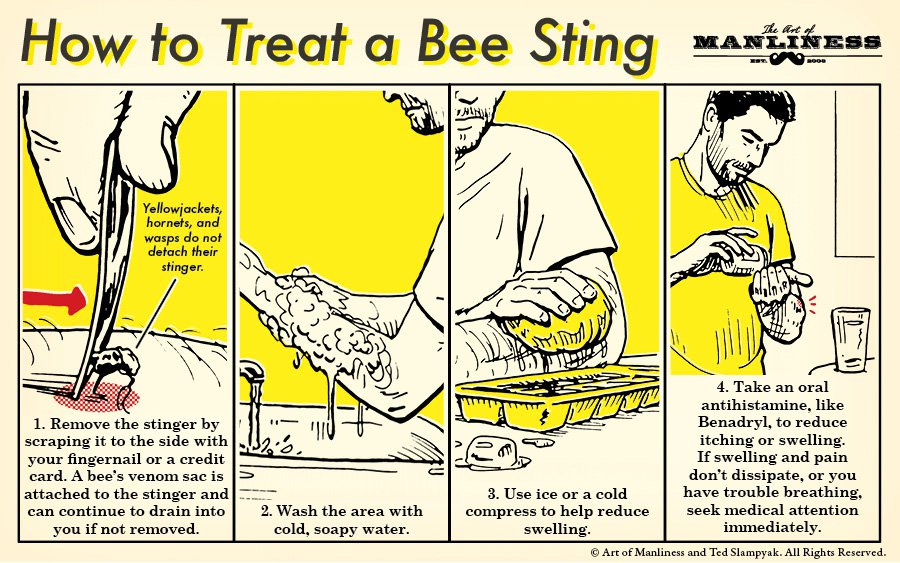How To Of The Day: Store And Stack Firewood
Stack your firewood to last the Winter and to dry perfectly with this handy graphic.
After you split firewood, you want to stack it up and store it to begin the seasoning process and prepare it for burning. Firewood should be stored for a minimum of 6 months, and during that time you want to ensure it loses as much moisture as possible by exposing it to ample sunlight and air circulation. As noted above, while both elements are important, sun exposure should be prioritized over wind direction. If your backyard or property has inconsistent wind patterns, the stack should be aligned so that it catches the west-to-east winds which are common in North America.
You’ll know when your wood is ready for stove or fireplace by sight and sound: Check the ends of your firewood for hairline cracks that spiderweb across the grain, and bang the wood together; a low thud sound means you’re good to go, but a sharp clap means it still needs time.
If you’ve waited six months and your wood still doesn’t seem ready, your stack may be out of whack; check the guidelines above for tips on how it might be improved.
Illustration by Ted Slampyak
How To Of The Day: Make Perfect Pancakes
Pancakes are delicious, but it’s easy to screw them up if you’re not careful. Before you make your next batch, check out this handy graphic with tips on how to get them just right.
Let’s start by admitting that the nature of a perfect pancake is a subjective thing. Some people love thin, almost crepe-style pancakes, while others crave flapjacks that are heavy and almost cakey in texture. In the middle of those extremes is what we’re after — a pancake that’s got crispy edges and a moist, but not too dense inside. If you want to make the sort of hotcakes you’d find at an all-night diner in the middle of a long road trip, where heavy ceramic mugs accompany warm jugs of maple syrup ready to pour over golden stacks of butter-covered pancakes, these instructions will guide you.
The key to creating these divine cakes starts with fresh ingredients: don’t use flour, baking soda, or baking powder that’s more than 6 months old, as it weakens key interactions that make the difference between great flapjacks and mediocre ones.
Illustration by Ted Slampyak
How To Of The Day: Treat A Bee Sting
Were it not for their stings, bees would likely be viewed with the same playful fascination we give to butterflies and worms. But the reality is that housed in their little yellow-and-black bodies is a powerful stinger attached to a nasty little sac of venom just waiting to let you know you’re in the wrong place at the wrong time.
To be fair to bees, most stings are carried out by vespids, a classification of insects that includes things like wasps, yellow jackets, and hornets. While they look like bees, vespids are far more aggressive and don’t have the common decency to produce something delicious, like honey, as a means of making up for their brutish behavior.
Even though bees and vespids are thought of as summertime nuisances, the likelihood of stings actually goes up in early fall. At this time of year, populations of yellow jackets, wasps, and hornets are at their highest, and in preparation for winter, their diets have shifted to focus on more sugary foods, like our sodas, candies, and ice creams. The result is a greater chance of an encounter with a pest that’s more keen than usual on getting what you have. If you find yourself at the business end of an angry stinger, follow these steps to neutralize the pain and prevent excessive swelling.
Illustration by Ted Slampyak



